Birds and Blossoms in Southern Song Gauze and Luo Silk
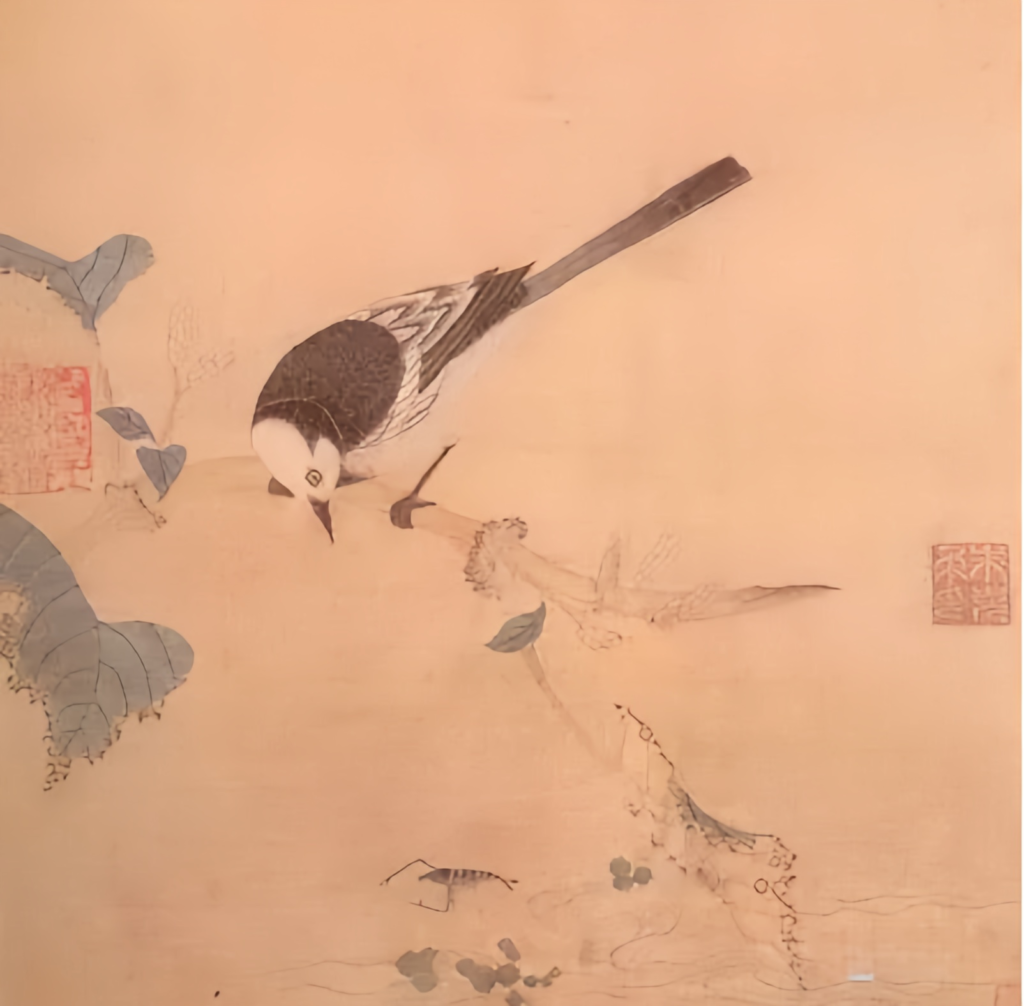
Song Dynasty Silk Patterns
If the silk patterns of the Tang dynasty were known for their bright, luxurious, and full designs, then the Song dynasty silk patterns stood out for their light, natural, and understated style.

The style of silk patterns is like a mirror; it reflects the spirit of each era. The Tang dynasty was the peak of China’s feudal society—stable, unified, strong in expansion, and confident in its power. In contrast, the Song dynasty struggled against invasions from northern nomadic tribes, signed humiliating peace treaties, and eventually retreated to the south with declining strength.
Because of this, the aesthetic taste of the Song era no longer carried the grandeur or extravagance seen in the Tang. Instead, it leaned toward solitude, melancholy, and quiet introspection. People turned away from the Tang dynasty’s bold energy and looked toward the natural world—landscapes, flowers, birds, and the peaceful life of reclusion. They valued the calm beauty of nature and placed more importance on personal inner freedom. This shift widened the meaning of beauty and brought aesthetics closer to everyday life.

The themes of Song dynasty silk patterns also became more diverse. Many beloved elements of nature—flowers, plants, fish, insects, and animals—appeared in the designs. Tang motifs like the treasured “baoxianghua” and paired birds moved into secondary roles. Instead, realistic patterns such as sketch-style broken branches, intertwined branches, and large amounts of bird-and-flower motifs became key elements in Song dynasty fabric.
The colors were soft and gentle, and the patterns more lifelike. This trend was closely linked to the rise of bird-and-flower painting of the same period. From the artifacts found in Huang Sheng’s tomb in Fuzhou and the Zhou family tomb in De’an, Jiangxi, peony, hibiscus, camellia, Chinese rose, crabapple, bamboo, plum blossom, and daylily were the most common motifs. Typically, a large peony or hibiscus served as the main flower, paired with smaller blooms like plum or crabapple, with the leaves filled with small blossoms to create a layered visual effect.
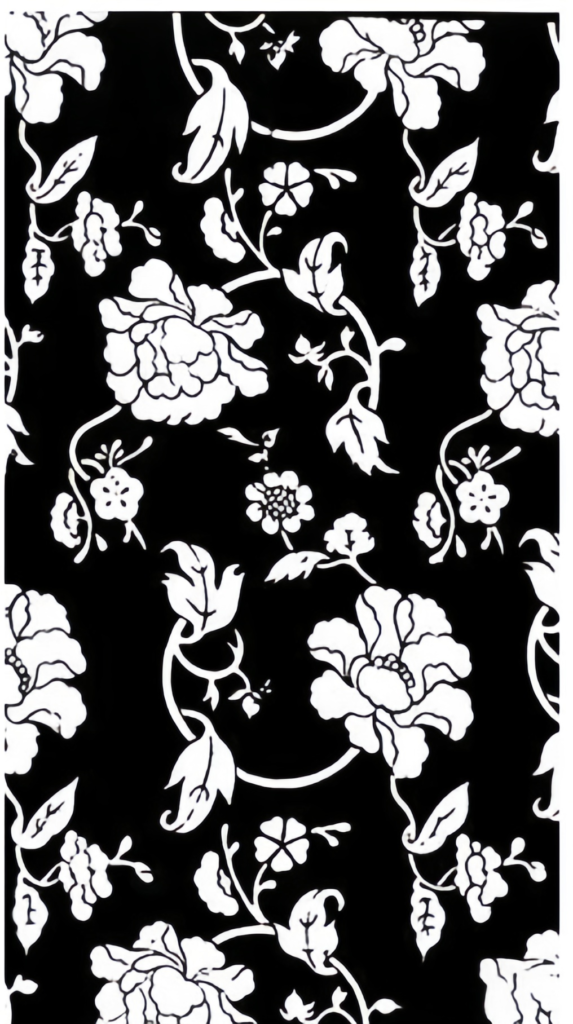
A special motif worth highlighting is the broken-branch flower. This refers to taking a single flower branch—complete with blossoms and leaves—drawn from life and then simplified for a flat design while keeping its natural shape and movement. When arranged, several branches are placed in scattered positions, creating a lively, natural, and harmonious overall composition. Because of its realistic, calm, and natural quality, the broken-branch flower became the most representative pattern reflecting classic Chinese silk patterns of the Song.
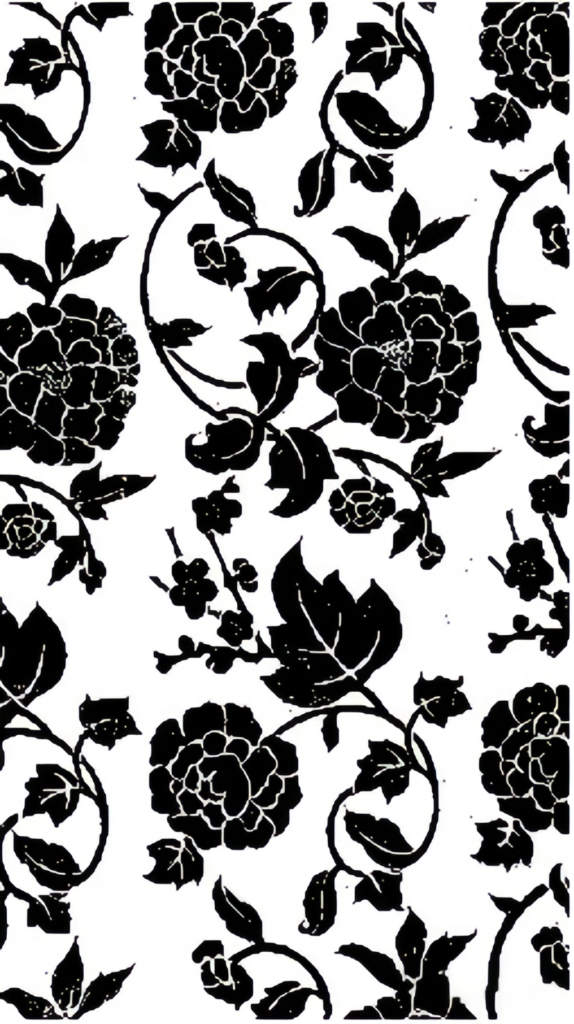
The color palette of Song dynasty textiles also reflected the era’s taste and matched the realistic style of the motifs. In general, the colors were light, soft, elegant, and subdued. The bright reds, vivid blues, and oranges commonly used in the Tang dynasty were no longer popular. Instead, muted tones such as tea-brown, chestnut, dark tan, and lotus-root pink became the base colors, often paired with white for a clean look.
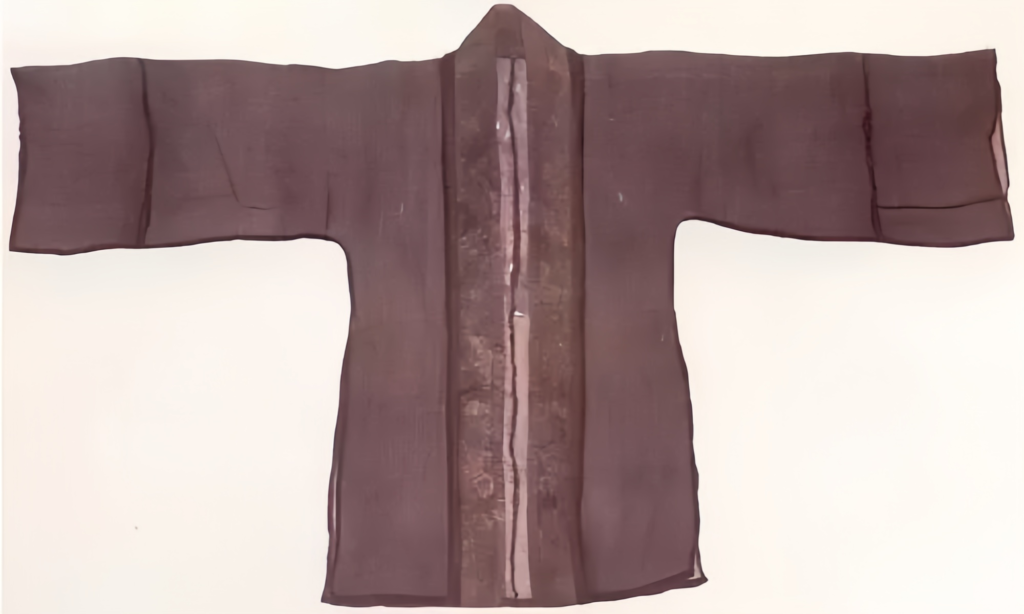
The types of silk woven during the Song dynasty also differed from those of the Tang. Light, breathable “luo” gauze became the most widely used Song dynasty fabric. Chinese gauze weaving reached its historical peak in the Song dynasty. During the hot summer—especially in the southern regions—Song brocade and especially luo were the most common high-quality fabrics for everyday clothing.
In 1975, more than 50 garments made mainly of patterned luo were excavated from Zhou Yu’s tomb in Jintan, Jiangsu. That same year, more than 200 pieces of various luo fabrics were unearthed from Huang Sheng’s tomb in Fuzhou. These included plain gauze with one, three, or four twisted warp systems, as well as patterned gauze woven in plain or twill structures. Four-warp twisted gauze represented the highest level of ancient Chinese gauze weaving—a technique now lost and regarded as a historical mystery in the story of Chinese silk.
The combination of realistic motifs, soft colors, and weaving on fabric as light as floating clouds gave Song dynasty textiles and especially Song brocade a truly charming, bird-song-and-blossoms atmosphere.
Obsessed with Song fabrics?
Check our Best Song fabrics for modern Hanfu →

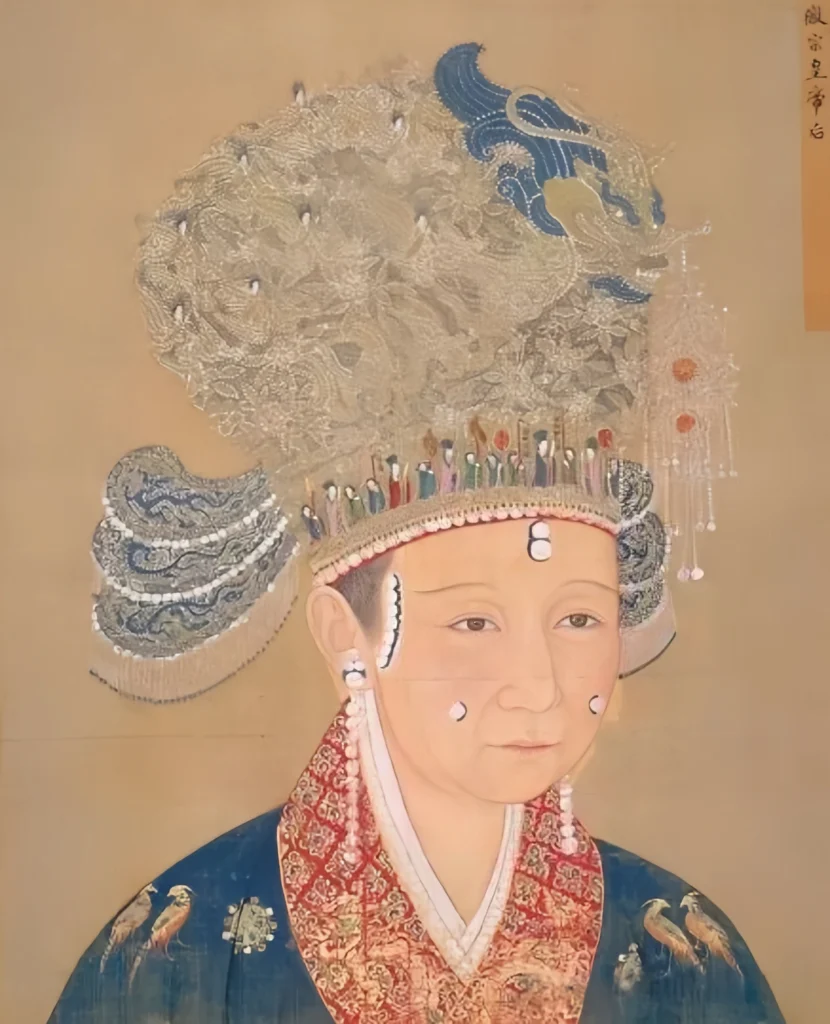
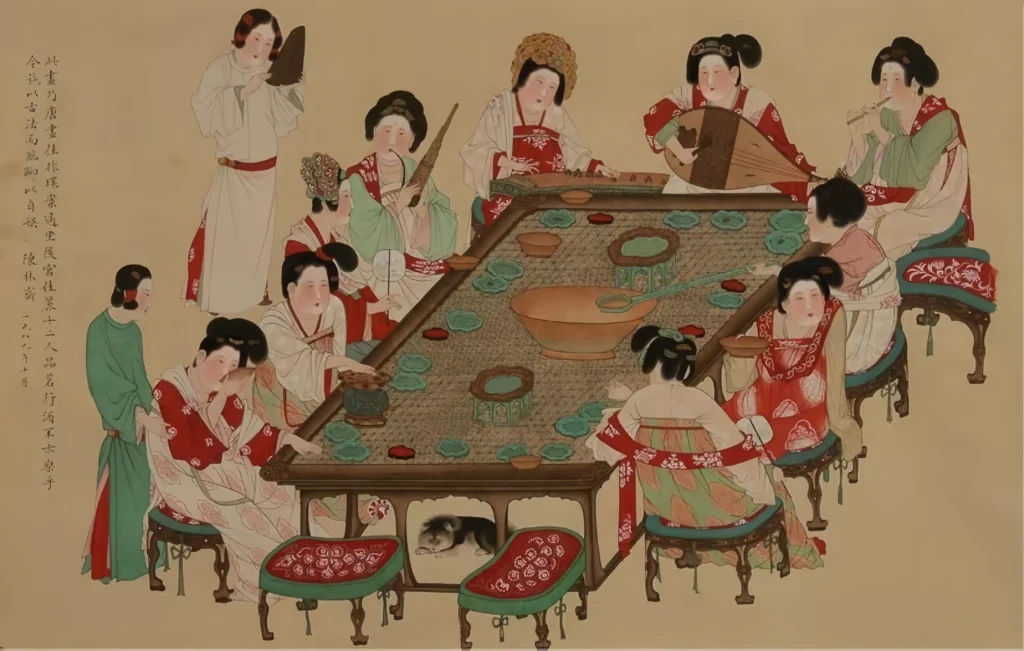
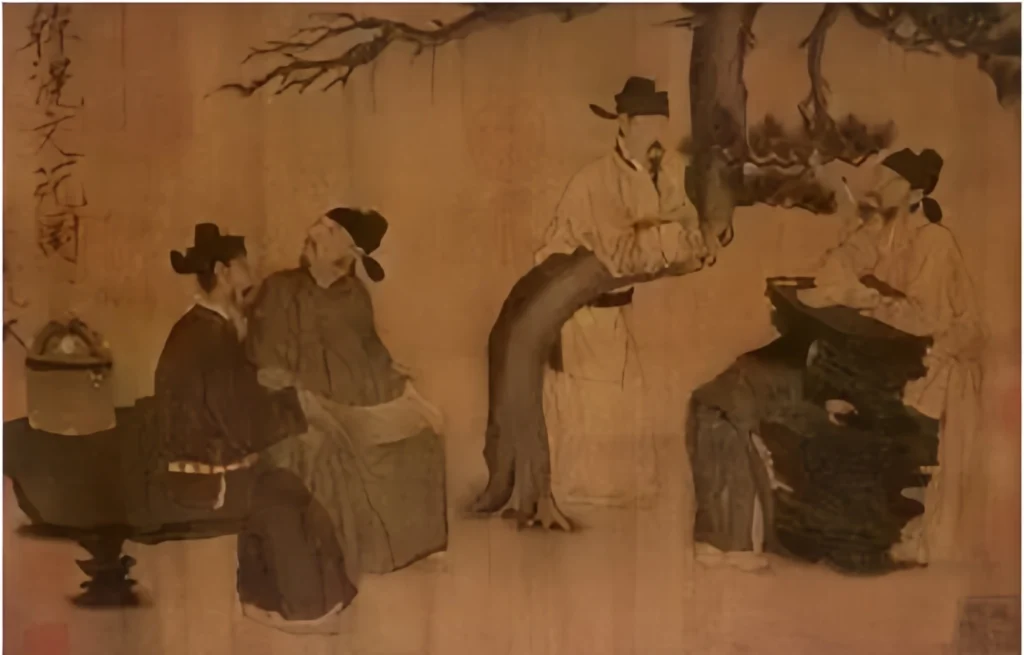

Responses